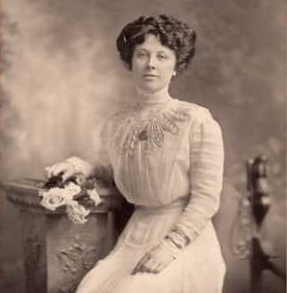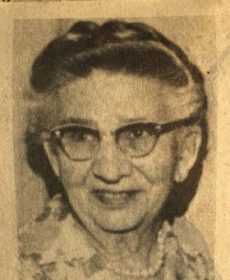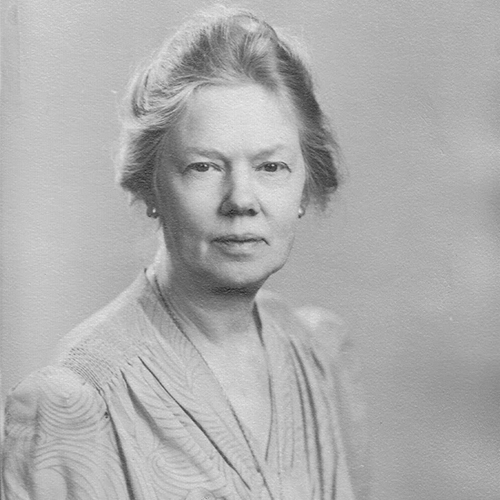Born in Lynchburg, Virginia on April 22, 1895, Ora Inge Maxim (1895-1982) began her serious study of art in New Bedford at the Swain Free School of Design in 1926. In the 1930s she exhibited her work extensively and became well known in the area for her oils, pastels, and wood block prints.
Born in Lynchburg, Virginia on April 22, 1895, Ora Inge Maxim (1895-1982) began her serious study of art in New Bedford at the Swain Free School of Design in 1926. In the 1930s she exhibited her work extensively and became well known in the area for her oils, pastels, and wood block prints.
During her three years at the Swain School Ora studied under Harry Neyland and F. Mortimer Lamb of Stoughton. With this training she won several prizes at the school, including several honorable mentions and the Charles W. Clifford prize for best still life.
During this same period Ora summered at her husband’s family home in Orleans on Cape Cod. In nearby Provincetown, either in 1927 or in 1928, she began studying block printing under Blanche Lazzell. Employing the Provincetown method, Ora used only one wood block for each print. This block was carefully carved with the entire image on one surface and then hand colored to reproduce one color at a time. She became versatile in this medium, creating landscapes, still lifes, and marine scenes.
Traveling to New York City in the winter of 1930, Ora studied with Colonel Michel Jacobs and George Burroughs Torrey. Both of these artists were capable portrait painters and teachers. Colonel Jacobs was at one time the director of the Metropolitan Art School in New York.
In the spring of 1930 Ora’s husband, Austin, died. He had been a staunch supporter and a great admirer of her art work. Because she felt he would have wished it, she carried on with her plans to accompany Colonel Jacobs on a European sketching tour that summer and autumn. Ora was one of 15 students he led through France, Spain, North Africa, Italy, Switzerland, and Germany. Ora returned home with 36 painted canvases, including portraits, landscapes, and architectural studies. Some of these paintings were exhibited with others from the tour at the Barbizon Plaza Art Gallery, New York, in December 1930.
For the next few years Ora continued her painting and block printing as time would allow. As a young widow she found it necessary to augment her income in order to support her young son during Depression times. She opened a gift shop that was successful for a number of years, but the demands of the shop greatly reduced her abilities to travel, study, or work at her painting.
In 1936 Ora married Hugh A. Kaulback, and new responsibilities were added to her life. Her artistic talents were again put aside until after World War II. Then she began painting with a group of local artists who started an independent program of weekly classes. One of the painting projects that she began was portraying a collection of 18th- and 19th-century dolls which she had collected over the years.
Ora Maxim Kaulback left New Bedford in 1954 and made Orleans her permanent residence. She continued to live on Cape Cod until her death in South Dartmouth on November 20, 1982.
Mary Jean Blasdale
Exhibitions and Awards
- Lynchburg Art Club, Lynchburg, Virginia, November 1929
- Barbizon Plaza Art Gallery, New York, December 1930
- Swain Free School of Design, New Bedford, March 1931
- Society of Independent Artists, New Bedford, April 1931
- Gloucester Society of Artists, Gloucester, Massachusetts, July and August 1931
- Philadelphia Art Alliance, Philadelphia, spring 1932
- Philadelphia Print Club, Philadelphia, spring 1932
- Artist’s Studio, New Bedford, June 1932
- H. S. Hutchinson and Company, New Bedford, July 1933
- Virginia Museum of Fine Arts, Richmond, Virginia, April 1933
- Provincetown Art Association, Provincetown, Massachusetts, summer 1934 and March 1988
Excerpted from:
Artists of New Bedford: A Biographical Dictionary by Mary Jean Blasdale
and published by the Old Dartmouth Historical Society, New Bedford, Massachusetts, 1990; pages 130-131.





